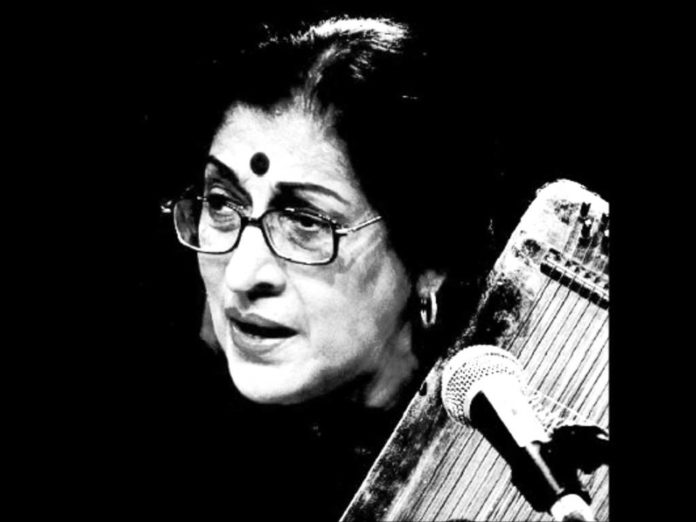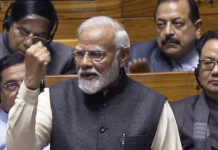With silent prayers and teary eyes, the music industry bids farewell to Kishori Amonkar—a gem of Hindustani classical tradition…
Born on April 10, 1932 in Mumbai, Kishori Amonkar is a celebrated singer, quite accomplished in ‘khayal’, ‘thurmi’ repertoire and traditional Hindustani ragas. An innovative exponent of the Jaipur Gharana, Kishori’s musical career was marked by grace, vitality and a distinctive musical style. The legendary singer was expert in film numbers, bhajans and devotional songs. Regardless of the genre, she never failed to amaze us with her performances.
Her vibrant music career spans over a period of 60 long years, wherein she won several accolades including ‘Sangeet Natak Academy award’, ‘M.S. Subbulakshmi award for classical music’ and India’s highest national civilian awards—Padma Bhushan (1987) and Padma Vibhushan (2002). All this time, she experimented with different vocal styles.
On April 3, 2017, the singer peacefully passed away in her sleep, a week before her 85th birthday. As the nation pays its tribute to Amonkar, let’s take a closer look at her life, accomplishments and views.
Here are 5 facts about Kishori Amonkar, which most of us didn’t know.
- Kishori received her formal training in music in the early 1940s under the watchful eye of her mother Mogubai Kurdikar. Her mother too was an accomplished vocalist and an incredible Tanpura player.
- At the age of 25, she lost her voice due to a strange illness affecting her ability to sing. She used the 2-year long hiatus to go through the practices of various gharanas* and develop a unique singing style of her own. (*Gharana is a group of musicians sharing a distinctive style and musical ideology of its own).
- She experimented with various musical gharanas in her early days. In this period, she received training from Sharadchandra Arolkar (Gwalior Gharana), Anwar Hussain Khan (Agra), Anjanibai Malpekar (Bhendi Bazar Gharana) and Balkrishnabuwa Parwatkar. Thereafter, she started singing for the larger audience in the 1960s.
- She stepped into Bollywood music industry and gave us some of her best compositions—‘Geet Gaya Patharon Ne’ (1964) and the soundtracks of 1990’s movie Drishti. Despite the popularity of her songs, she quit Bollywood due to unpleasant personal experiences.
- She was known for her love for the ‘Jaipur Gharana’ and excelled Rajasthani music. In 2010, she elaborated on her musical theories in her book ‘Swaraartha Ramanii’.
So, that pretty much sums up the life of Kishori Amonkar. The melodious ‘Malhar Malika’ will stay in our memories forever.












